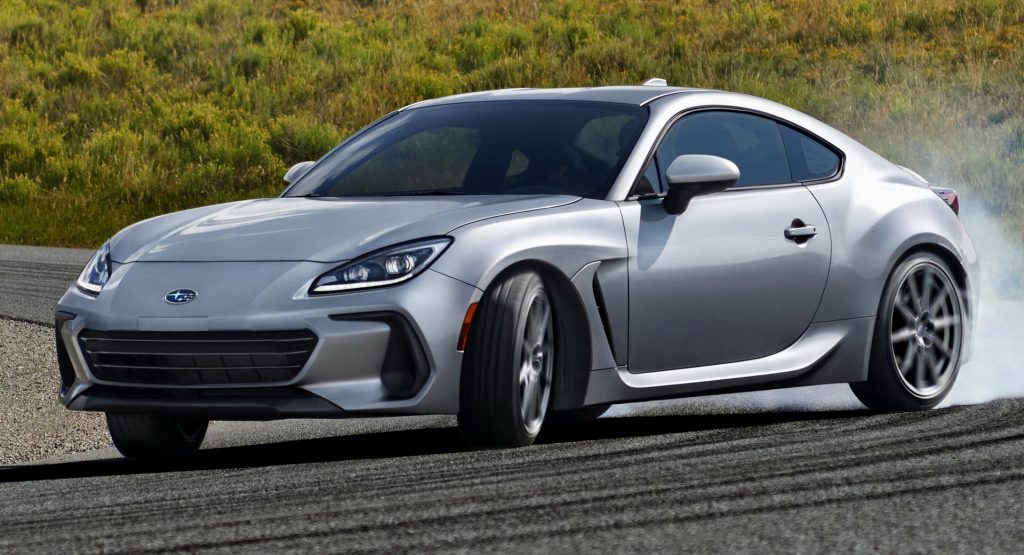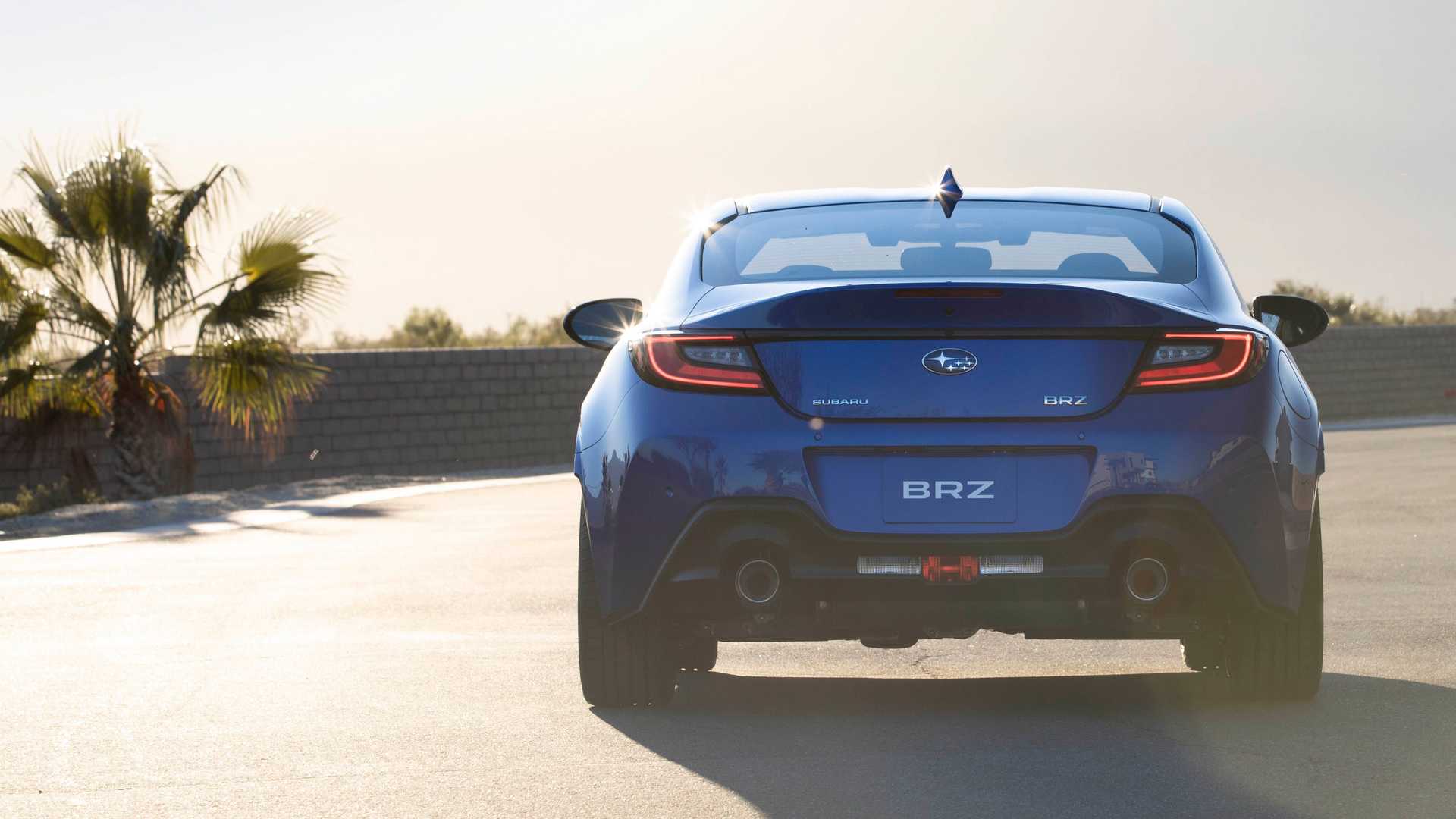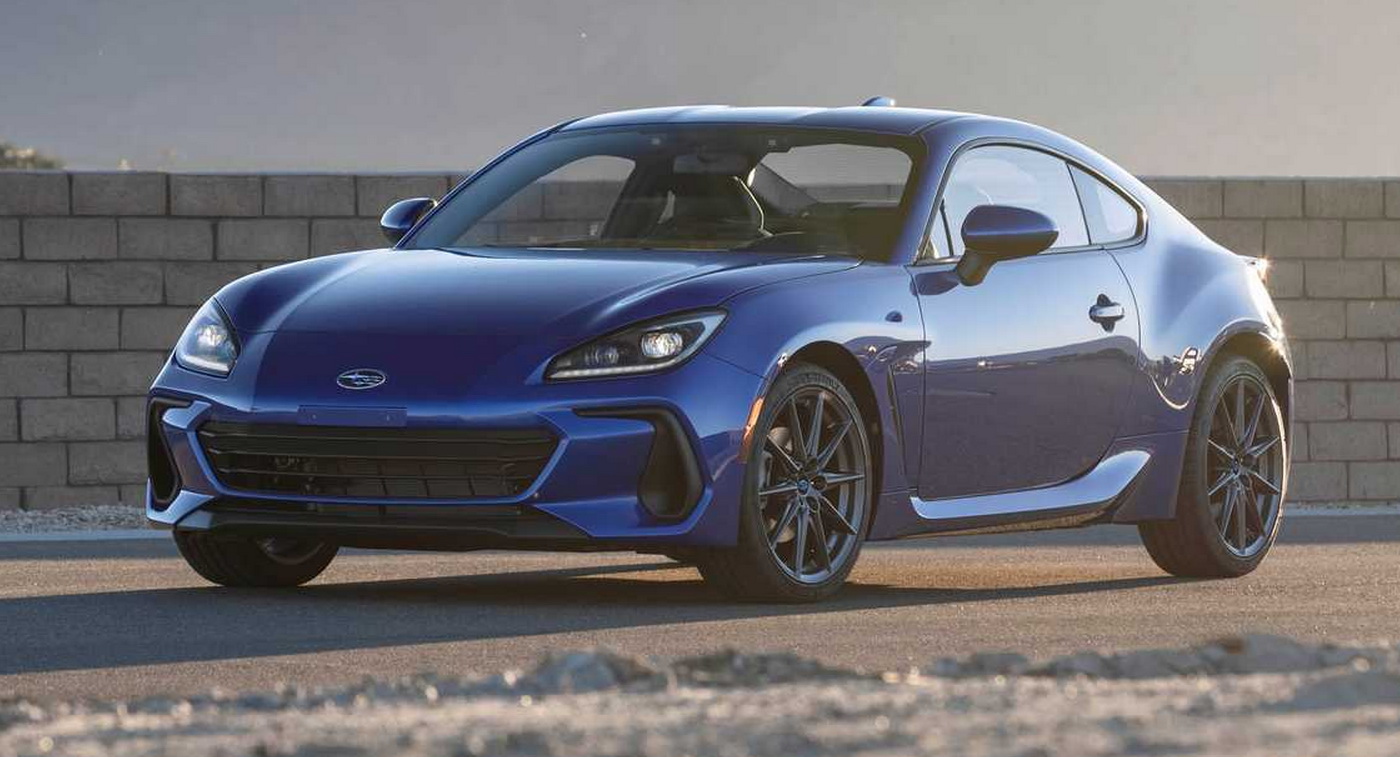Subaru has explained why the second-generation BRZ doesn’t have a turbocharged engine: the reason is handling.
When the first-generation Toyota 86 and Subaru BRZ twins were launched, many suggested that the standard 2.0-liter four-cylinder simply didn’t have enough grunt. Rather than slapping on a turbocharger for the new model, Subaru has instead fitted a larger 2.4-liter horizontally-opposed four-cylinder with an extra 23 hp and 28 lb-ft (38 Nm) of torque.
Speaking with Road & Track following the unveiling of the new BRZ, Subaru public relations chief Dominick Infante said that while the new car shares its 2.4-liter with the Ascent, the three-row SUV uses a bottom-mounted turbocharger. According to him, fitting the turbocharged version of this 2.4-liter to the BRZ would have necessitated engineers raising the engine height, thus increasing the center of gravity.
Watch Also: 2022 Subaru BRZ – Take A Closer Look At The New Japanese Sports Coupe
Infante added that equipping the BRZ with a turbocharger would have also increased weight and cost.
As it stands, the 2022 BRZ delivers 228 hp and 184 lb-ft (249 Nm) of torque. On paper, that doesn’t seem all that much more than the first-generation model with its 205 hp and 156 lb-ft (211 Nm), but if you dig a little deeper, the gains become a little more obvious.
Most notably, the old BRZ produced its peak torque at 6,400 rpm, meaning you had to drive near the redline to make the most of it. By comparison, the 2022 model reaches peak torque at 3,700 rpm, a change that should have a dramatic impact on the driveability of the car. Subaru has also given the new engine a flatter torque curve that’s devoid of the dip between 3,000 and 5,000 rpm of the outgoing model.





